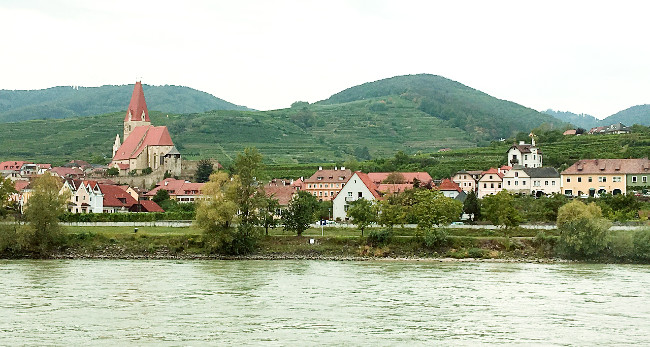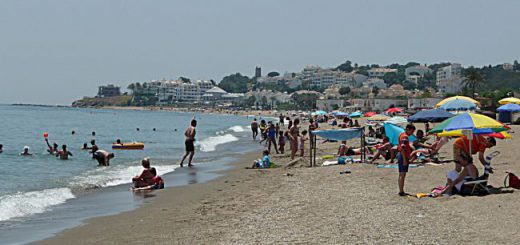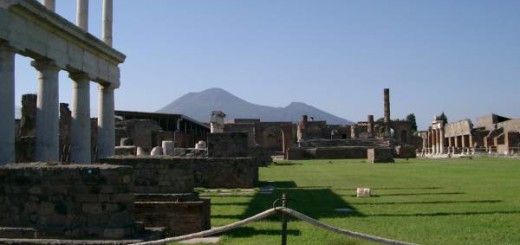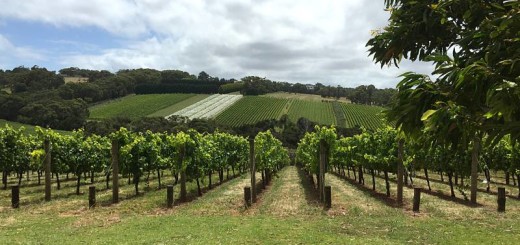Melk and its stunning Abbey
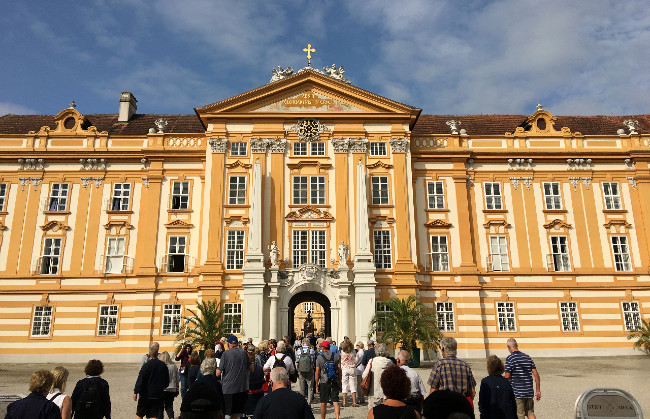
Magnificently situated high on a bluff overlooking the Danube, the Baroque Melk Abbey is one of the most impressive sights of Lower Austria. Here, the river Melk and the river Pielach join the Danube, making it the obvious choice for the Romans to build a fortress at this site 2000 years ago. The Benedictine monks took over a castle later built there, converting it into an abbey and once they were given control over the town as well, it became a wealthy and influential centre of learning. In contrast to their usual ascetic lifestyle, in the early 18th century the ruling abbot had the monastery rebuilt on a vast scale and level of grandeur.
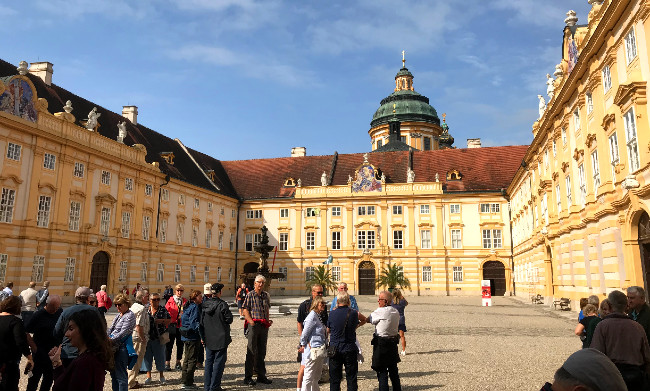
Once through the main entrance, we found ourselves in the enormous Prelates’ Courtyard, surrounded on all sides with ornately clad Baroque buildings, each adorned with statues of prophets and apostles on the cornices and four frescoes representing the Cardinal Virtues. A water fountain with a merman figure sits in the middle of the courtyard.
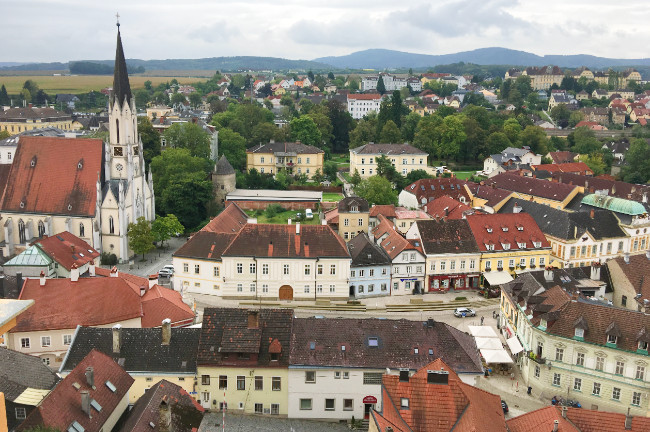
Unfortunately, there is a strict ‘no photos’ rule within the abbey, so it is impossible to record details of the Marble Hall or the two-storied Library or pictures of the profuse ornamentation inside the Abbey Church. The frescoes, marbling, gilding, sculptures and stucco work add up to a dazzling display. However, out on the terrace we were able to capture a wonderful view of the town, showing Linzerstrasse and the Gothic Pfarrkirche or parish church of St Mary. Although it once had a Baroque tower, that was destroyed in the town fire of 1847 and the new tower is Neo-Gothic.

The Abbey, with its twin church towers and copper-clad cupola, looms over the town of Melk, but it is only a short walk downhill from there to reach the Hauptstrasse (main street). This is a neat and pleasant pedestrian zone with several large squares lined with historic buildings, some of which date back to the 15th and 16th centuries.

The Rathaus (city hall), displaying the town’s coat of arms, faces on to one of these squares where several cafes and restaurants abound. Built in 1575 and with the facade remodelled 150 years later, it includes an elaborate entrance door made of wood and copper. On its left, the pharmacy building dating from 1657, with its staff of Asclepius above the entrance door, has housed an apothecary since 1783.

Further along in Linzer Strasse the Old Post House (1792), with its ornate Baroque relief panels, contains the Town Museum. The panels depict the messenger of the gods, Mercury, as well as former postmasters. The symbols beneath stand for agriculture, the military and the postal system.
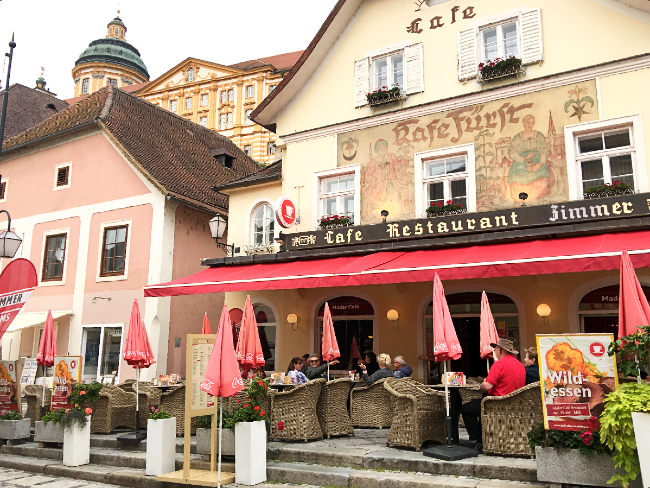
Again, we were out of time. No time to stop at one of the more inviting-looking cafes for a bite to eat. Our ship was due to move on to Dürnstein for the afternoon excursion, so we all made our way back to the buses which took us to the dock on the Danube. We were very pleased that our river journey was now past the low water section and we could now enjoy cruising through the pretty Wachau Valley scenery during lunch.
